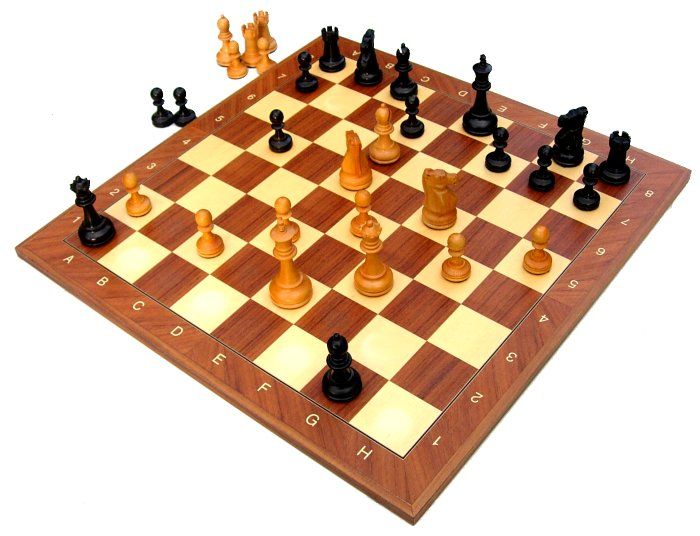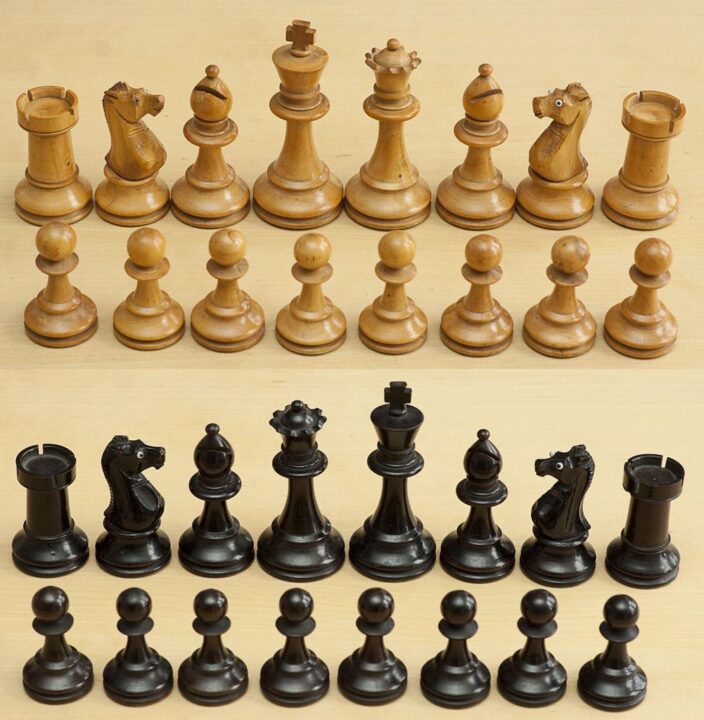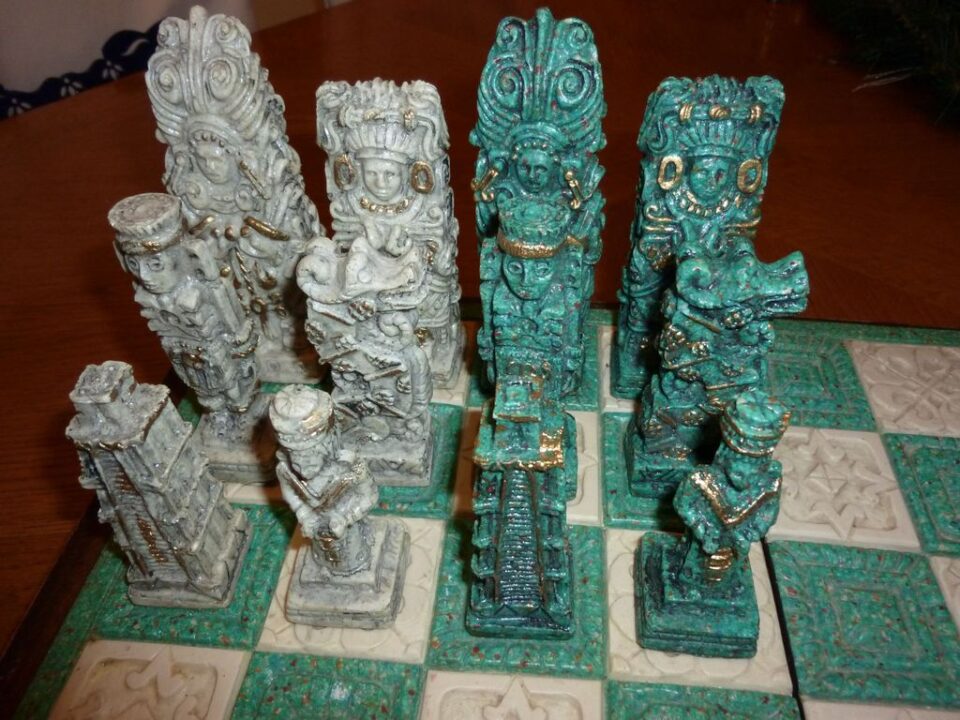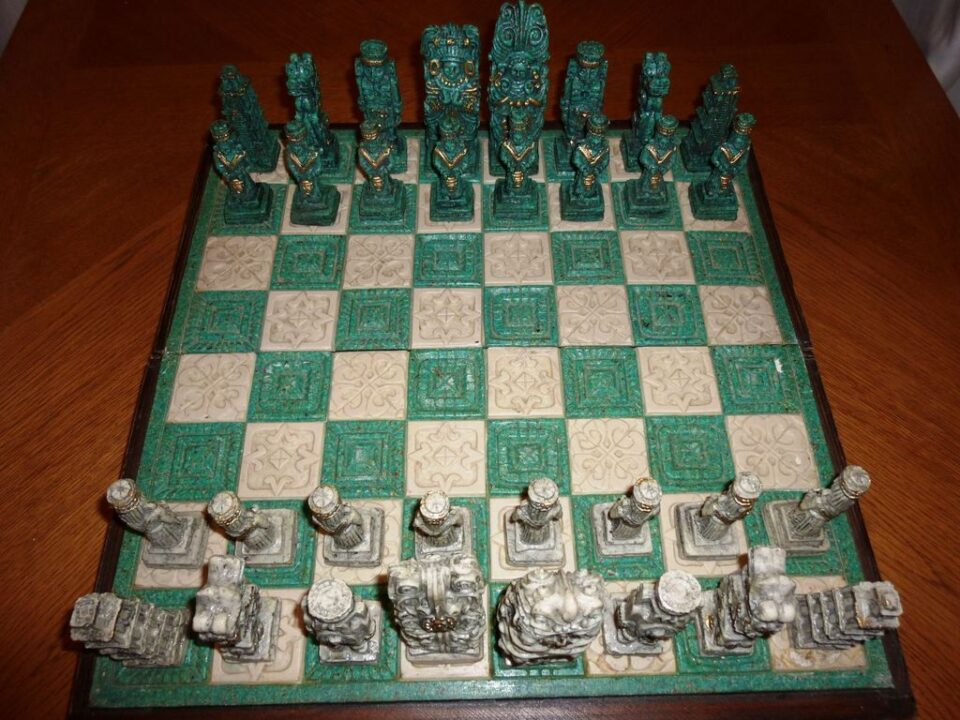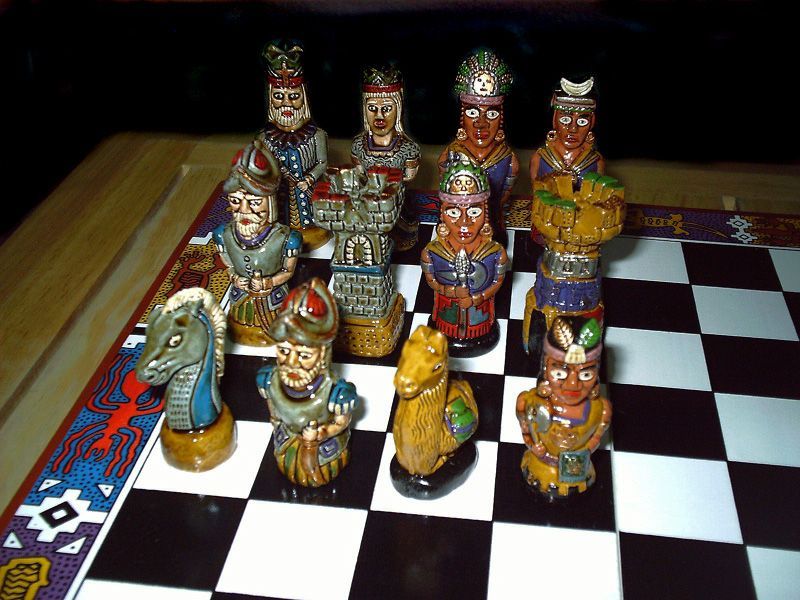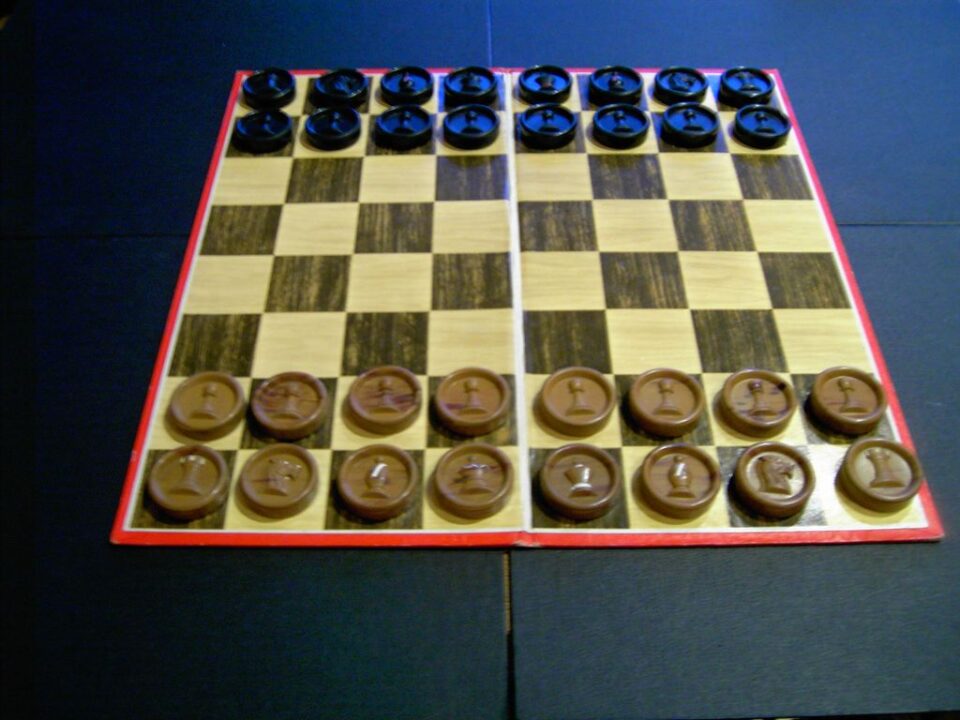Alright, welcome folks! Today I’m grabbing my trusty cup of tea, setting up the tiny armies, and sharing my review of the granddaddy of all board games: chess. If you’ve ever wanted to look smart while quietly panicking inside, this one’s for you. I’ll spill the beans on why I keep dragging friends into rematches, where it sometimes drives us nuts, and if it lives up to all the hype after a lifetime of tense showdowns. Let’s see how this old classic holds up in my circle!
How It Plays
Setting up
First, unfold the board so the white square is on your right. Line up all the pieces: pawns in front, rooks in the corners, knights next to them, then bishops. Place your queen on her matching color. King sits on the last empty square. Ready? Good. Don’t mix up the horses for fancy unicorns like my friend Dave did.
Gameplay
White goes first, then you take turns moving one piece at a time. Each piece moves in a special way. Pawns inch forward (but attack diagonally, because, why not?). Knights jump in L-shapes. Bishops glide diagonally. Rooks go straight lines. Queens go wherever she pleases. The king just shuffles one space at a time. Capture your opponent’s pieces by landing on them. If you threaten their king and they can’t get him out of danger, that’s checkmate, baby.
Winning the game
The aim: trap your opponent’s king so he can’t escape (checkmate). If there’s no legal move and the king’s not in direct danger, that’s called stalemate—a fancy way to say you both lose… or you both win, depending on how you see things. No dice rolls or lucky draws here. Just pure, brain-burning brilliance.
Want to know more? Read our extensive strategy guide for Chess.
Chess Gameplay: Master the Moves Without Losing Your Marbles
Chess is the game you play when you want to prove to your friends that you have at least three working brain cells left. Every piece on the board moves in its own mysterious way. Pawns go straight until they remember they can attack sideways. The knights jump around like caffeinated kangaroos. My personal favorite, the bishop, moves like it’s always late for a meeting—diagonally, as fast as it can. Rooks move straight, the queen does whatever she wants (relatable), and the king just hobbles around, trying not to get mugged by every other piece.
The rules are simple once you forget the fifty weird exceptions. You want to put your opponent’s king in checkmate, which sounds easier than it is. I once forgot castling was a thing, and my friend swept me off the board faster than you can say “en passant” (which, by the way, still confuses me and half the people I play with).
Strategy in chess is about planning ahead. Or at least pretending you are. You need to protect your pieces, control the center, and resist the urge to eat chips with your knight hand. My buddy Dave always tries to set a trap by sacrificing a pawn. It works about half as often as he thinks it does. There’s no room for luck—if you lose, it’s because your mind wandered, or you tried to castle through a bishop. If you win, you’re basically a superhero for the next ten minutes.
Now, speaking of keeping things interesting, let’s see if chess actually gives you a reason to play over and over—or if it leaves you crying into your checkered board. Coming up next: Replay value and learning curve!
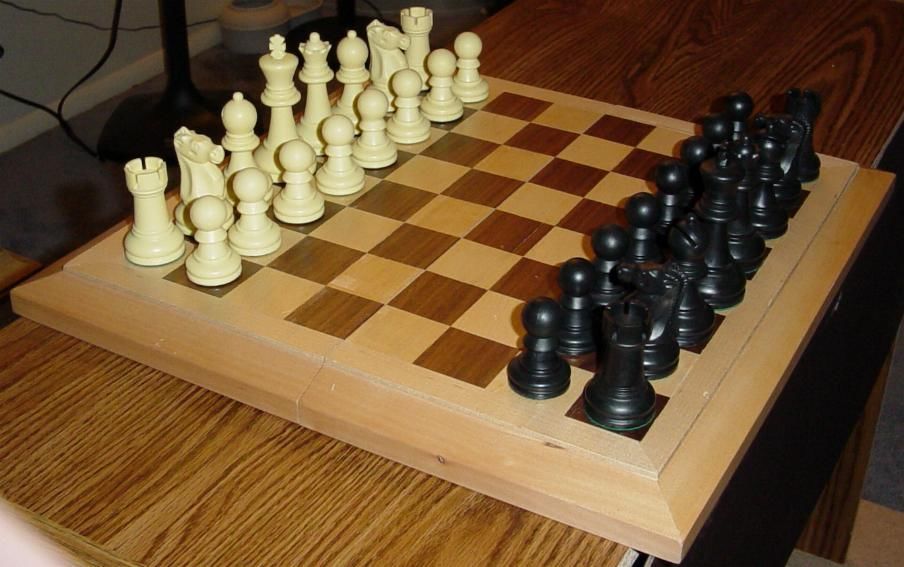
Why Chess Never Gets Boring: Replay Value & Learning Curve
Let me just get this out of the way: Chess is not like that board game you buy, play twice, then use as a doorstop. Nope, chess keeps dragging you back, whether you’re a genius or, like me, someone who once set up the board the wrong way round (true story, ask my cat).
The replay value in chess is basically through the roof. There are more possible ways a chess game can go than there are atoms in the universe. Or at least, that’s what people on the internet keep telling me. Whatever the big number is, it’s wild. Every match throws up new tactics, traps, and (if you’re me) surprising blunders. I’ve played with friends who always respond differently, so every game is fresh. I can’t say that about most other games, unless you count Monopoly—where the only surprise is who flips the table first.
Now, about the learning curve. I won’t sugar coat it: Chess is easy to learn, but hard to master. The rules are simple enough; my nephew picked them up in one afternoon, but he’s been beating me since. The real kicker is getting good. There’s always something to learn: new openings, sneaky checkmates, or bizarre moves your friend saw in a tournament video at 3am. The internet is packed with people sharing clever tricks I never knew existed. So even after dozens, maybe hundreds, of games, I keep improving (or at least, losing more creatively).
Ready for more? Next we’ll see why you need to bring snacks: chess matches can eat up your whole afternoon, and sometimes your self-esteem.
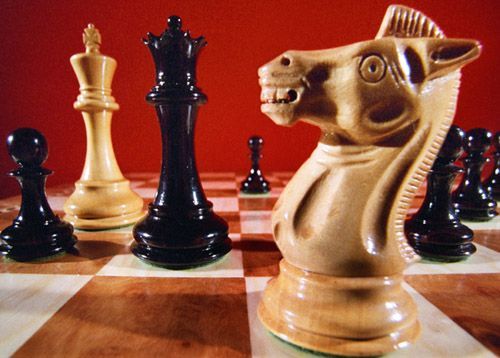
How Long Does a Game of Chess Take? (And Will You Lose Friends?)
I’ve played chess games that are over faster than my morning coffee, and I’ve played chess games that felt like I could’ve brewed a whole pot, done my taxes, and written a haiku before my opponent moved. The length of a chess game swings wildly based on who you play with and how competitive things get. Quick matches with friends (and a timer, if you dare) can be wrapped up in under ten minutes. But if you’re playing with someone who believes in maximizing every move, be ready for an epic saga. My buddy Steve once took so long to castle that I finished a bag of chips and started another.
When it comes to player investment, chess is greedy—it demands your brain stay awake. There’s not much room to zone out or sneak a look at your phone, unless you like the taste of defeat. Every move matters and losing focus for just a second can cost you the whole game. This makes it perfect for folks who want to flex their thinking muscles. But if you play board games to unwind and chat, chess might feel like doing math homework at a party. The intensity is part of the fun, though—nothing beats the feeling when you finally trap your opponent’s king after a close battle.
Next up: let’s talk about the eye candy and tactile joy of chess pieces. Will the board wow your guests or look like it came from a cereal box?
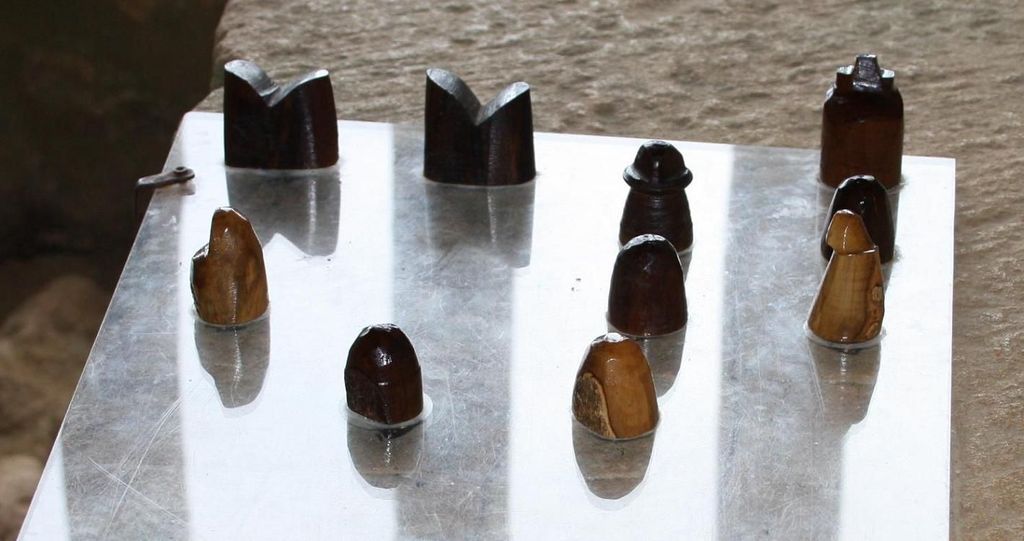
How Good Are Chess Boards and Pieces? A Hands-On Look
I’ve played chess on everything from a cheap paper travel set to a fancy wooden board that probably cost more than my monthly rent. If you think chess is all brains and no beauty, you haven’t seen my friend’s glass set that makes every piece look like it skipped leg day. The truth is, chess boards and pieces come in all shapes and sizes, and the quality can really change the feel of the game.
The best chess sets use solid wood and have that nice weighty feel in your hand. Picking up a rook shouldn’t feel like you’re handling a plastic spoon. There’s just something special about the clack of a wooden piece hitting the board—it sounds like a challenge, a promise, and sometimes, a threat (okay, maybe that’s just when I play my brother). Plastic sets are fine if you’re on a budget or teaching kids, but if you want to flex at the next family dinner, go for the wood.
The board matters too. It should lay flat, not curl up at the corners like my dog’s tongue after a walk. Well-defined squares help avoid accidental moves—especially handy after late-night games when everyone’s a bit sleepy. Some boards are magnetic, which is great if you play on the go, though you’ll lose the drama of slamming your pieces down after a great move.
Bottom line: Chess sets range from $10 to eye-watering prices, and you really do get what you pay for. If you enjoy chess, treat yourself to a decent set—it makes every checkmate feel fancier. I absolutely recommend getting a set you love; your future grandmaster self will thank you.
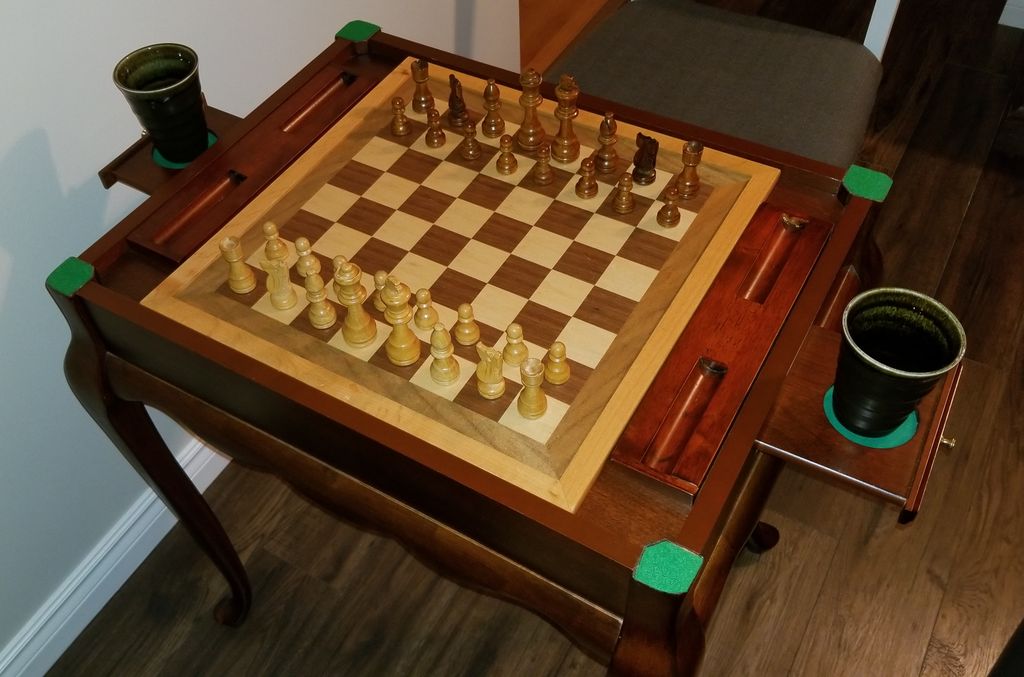
Conclusion
So that’s my review of chess, the granddaddy of all board games. After a bunch of games (and a few checkmates that hurt my soul), I can say chess is a rock-solid choice if you love strategy and head-to-head battles. The game outlasts trends—nobody’s ever going to “finish” chess. But, if you’re after random fun or wild twists, this one keeps luck on a very short leash. That’s its superpower and its challenge. If you’re not into thinking really hard or being outsmarted by your cousin for the tenth time in a row, then chess might stress you out. But with good pieces and a decent board, you’ll feel like a genius even when you lose. Thanks for sticking around for my review. Now, excuse me while I go stare at a chessboard and wonder where it all went wrong.

